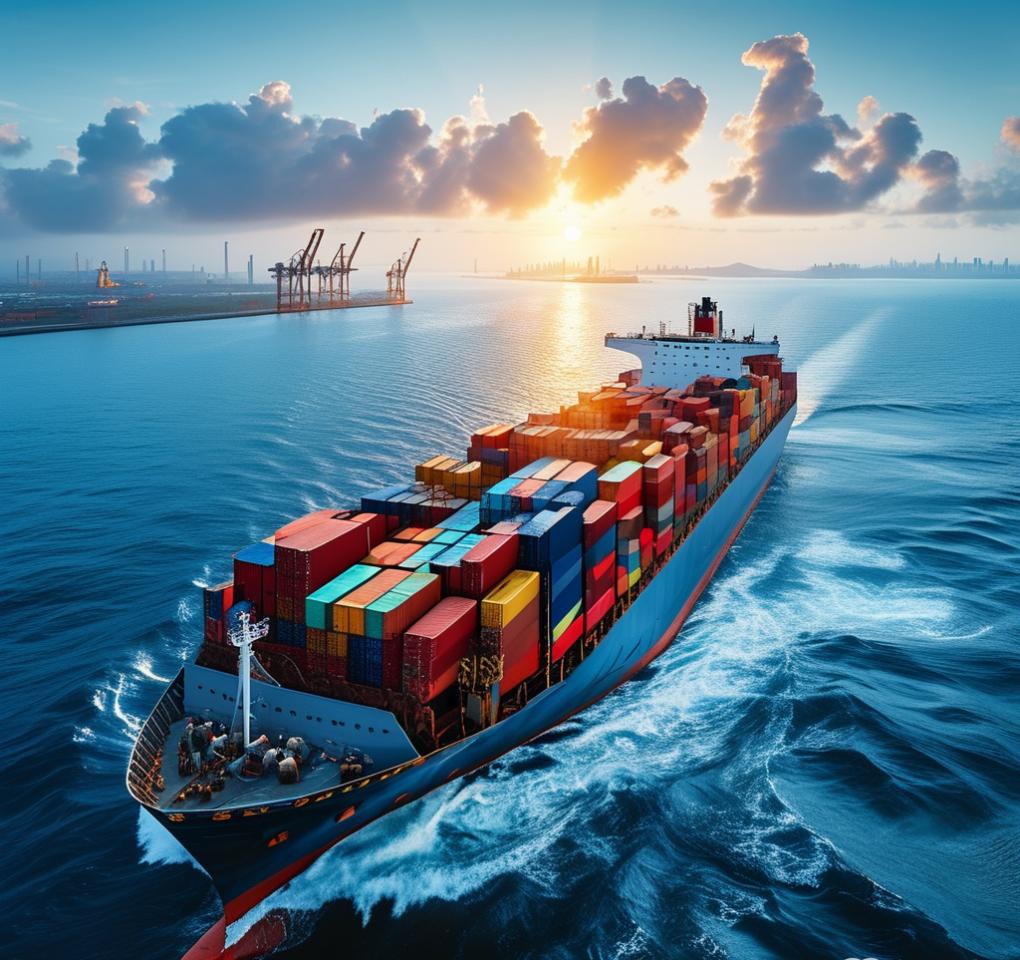- By TOP CHINA FREIGHT
- July 25, 2025
- Shipping
Importing from China can be a profitable move for German businesses—especially when you’re sourcing small volumes or just starting out. If you’re not shipping enough to fill an entire container, LCL shipping from China to Germany is the perfect solution. It’s cost-effective, flexible, and widely used by small businesses, Amazon sellers, and first-time importers.
This beginner-friendly guide will walk you through how LCL shipping works, the costs involved, key ports, paperwork required, and how to ensure your shipment reaches Germany smoothly and on time.

1.What is LCL Shipping?
LCL (Less than Container Load) shipping is a method where your cargo shares space in a container with goods from other shippers. Instead of paying for a full container (FCL), you pay only for the volume your goods occupy—measured in cubic meters (CBM).
Perfect for shipments under 13–15 CBM, where FCL (Full Container Load) would be too expensive or unnecessary.
2.Popular LCL Routes from China to Germany
| Chinese Port | German Port | Transit Time (Estimated) |
|---|---|---|
| Shanghai | Hamburg | 30–36 days |
| Shenzhen | Bremerhaven | 28–34 days |
| Ningbo | Hamburg | 29–35 days |
| Qingdao | Bremen | 31–37 days |
| Guangzhou | Hamburg or Duisburg (via rail) | 15–25 days (rail) |
🚆 Tip: Rail freight is available for LCL to Germany via China-Europe Railway Express, offering faster delivery for inland cities like Duisburg, Munich, or Leipzig.
3.LCL Shipping Cost Overview (China → Germany)
| Cost Item | Description | Estimated Range (USD) |
|---|---|---|
| Ocean or Rail Freight | Based on volume (CBM) and weight | $35–$70 per CBM |
| Origin Charges (China) | Warehousing, documentation, handling | $60–$150 |
| Destination Charges (Germany) | Unloading, terminal fees, deconsolidation | $100–$250 |
| Customs Clearance | Paid to a broker or handled by forwarder | $50–$100 |
| Duties & VAT (Germany) | Based on product type and CIF value | Varies (see below) |
📦 For a 3 CBM shipment, expect a total cost of $400–$650, excluding import taxes and final delivery.
4.Taxes & Import Duties in Germany
- Import Duty: Based on HS code; varies by product category.
- VAT (MwSt): Standard rate is 19% (applied to CIF + duty).
- CIF Value: The customs value includes the Cost, Insurance, and Freight.
🧾 You can check rates using Germany’s TARIC database or consult a licensed customs broker.
5.Documents You’ll Need
| Document | Purpose |
|---|---|
| Commercial Invoice | Shows buyer, seller, item value, and purpose |
| Packing List | Describes weight, dimensions, and quantity of goods |
| Bill of Lading (B/L) | Shipping document issued by the carrier |
| Certificate of Origin | Needed for preferential duties under trade agreements |
| Import Declaration | Filed with German customs upon cargo arrival |
📌 Make sure documents are accurate and match to avoid customs delays.
6.LCL Shipping Process: Step-by-Step
- Book Through a Freight Forwarder
Choose a forwarder experienced in LCL shipments from China to Germany. - Cargo Pickup & Consolidation
Your supplier delivers goods to the forwarder’s warehouse for grouping with other shipments. - Export Customs Clearance in China
The forwarder handles the necessary export paperwork. - Transport to Germany (Ocean or Rail)
Goods are shipped to a major German port or inland terminal. - Deconsolidation & Unloading
Upon arrival, the container is opened, and your goods are separated and prepared for customs. - Customs Clearance in Germany
Forwarder or broker submits required documents and pays duties/VAT. - Final Delivery
Goods are transported by truck or courier to your warehouse or fulfillment center.
7.Advantages of LCL Shipping
| Advantage | Why It Matters |
|---|---|
| Budget-Friendly | Pay only for the space your cargo uses |
| Small Shipment Ready | Great for testing products or importing samples |
| Regular Schedules | Weekly sailings from all major Chinese ports |
| Scalable | Easily upgrade to FCL when your volume grows |
8.Disadvantages of LCL Shipping
| Limitation | Consideration |
|---|---|
| Longer Handling Time | Consolidation and deconsolidation add days |
| Risk of Damage | Shared containers mean more handling and movement |
| More Documentation | Additional paperwork compared to courier services |
Final Thoughts
If you’re just starting to import from China, LCL shipping to Germany gives you the flexibility to move small volumes without committing to a full container. It’s affordable, reliable, and ideal for growing businesses or eCommerce sellers.
Just make sure you:
- Partner with a reliable freight forwarder
- Understand the total landed cost
- Prepare accurate documents
- Stay informed about German import taxes and customs rules
With the right support, LCL shipping can be your gateway to global trade success.
Need a Shipping Quote?
Click below to get a free, no-obligation quote from TJ China Freight.
We’ll respond within 24 hours with the best shipping options for your cargo.
FAQ:
Q1: What is the minimum volume for LCL shipping?
Usually 1 CBM (Cubic Meter), but some forwarders accept smaller volumes.
Q2: Can I use LCL for Amazon FBA in Germany?
Yes. Many Amazon sellers use LCL to send inventory to FBA warehouses in Germany. Just ensure your goods are properly labeled and palletized.
Q3: Is LCL cheaper than air freight?
For shipments above 100 kg or 1 CBM, LCL is generally cheaper than air freight—especially for non-urgent goods.
Q4:What are the most common ports for LCL in Germany?
The major ports include Hamburg, Bremerhaven, and Duisburg (for rail shipments). Inland delivery is available from all.
Q5:Can I track my LCL shipment?
Yes. Most freight forwarders provide online tracking or shipping updates via email.
